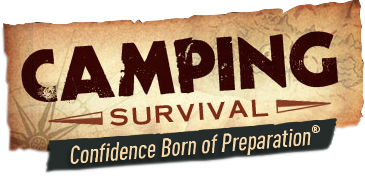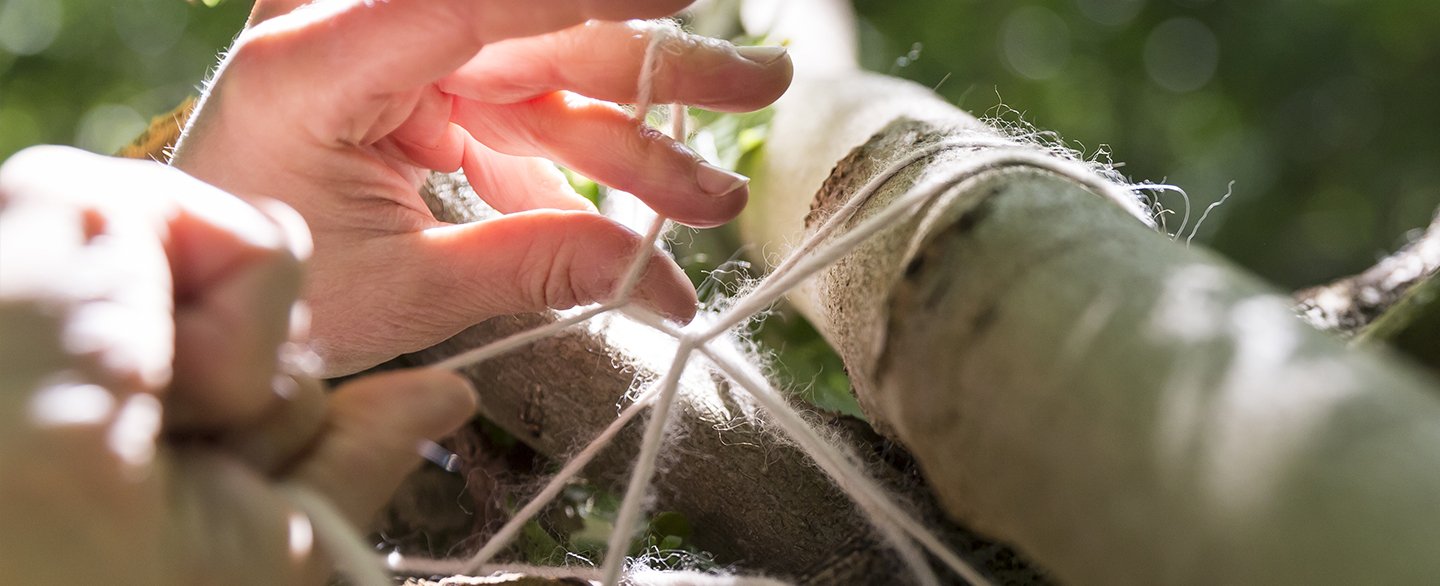When you really need things in order to survive, nature contains everything you need. You’ll just need to know what to do with the resources that nature provides to you. Here, we will give you the information you need to help you survive and thrive in the wild, with just a backpack and what nature provides for you.
When you become less dependent on store bought merchandise, and increase your knowledge of the ways you can take care of yourself in an emergency, you’ll find it doesn’t affect you as much as it may your neighbors.
Making the most of what you have is essential in an emergency situation. Do you know all the uses of your knife? Do you carry a multi-use tool with you everywhere you go? Knowing not only what you always need to have on you but how they can help you is important. There are plenty of ways to find the various uses of everyday items.
The five survival skills you need to master are as follows:
 Fire – Do you know how to start a fire a couple of ways? It is important to carry multiple ways to start a fire including waterproof matches, a lighter or a ferro rod. It is vital to know how to start a fire under any condition, and there are tons of resources on how to do just that.
Fire – Do you know how to start a fire a couple of ways? It is important to carry multiple ways to start a fire including waterproof matches, a lighter or a ferro rod. It is vital to know how to start a fire under any condition, and there are tons of resources on how to do just that.- Waterproof matches in a case that also protects your items getting wet. You can store your string in some of them as well and can put a small fishing hook in case you need to catch dinner.
- If you can’t find a nice dry location, try looking under trees, or dig through a stack of limbs to get to some dry ones. If finding dry wood is impossible, then find a limb and cut off the bark and use what you can of that to start the fire.
- Bark is a great fire starter, so are pine needles, pitch, and dried moss. Grabbing them when you see them out on a walk would give you a better advantage when you need to start your fire.
- Look for fatwood. Look for a branch about as big as your wrist near the trunk of a pine or fir tree that looks thick where it joins the tree. Cut off the branch near the trunk. Remove the bark and look for yellow wood. This is fat wood and is full of resin. Use your knife to slice feather strips into it and they will light quickly.

Shelter– Do you know how to build a shelter with what is available to you? If not, this is an essential skill to know. Watch videos of people building shelter for the night in difficult conditions, and practice if you can, doing it yourself.
- Knowing how long you’ll need this shelter will be essential as you begin building. Putting the back end up against a small hill or tree will provide some amount of protection, and you can use it for support.
- Make sure that everything you put up has a reinforcement. Whether you tie the branches together or are packing sticks with mud, you’ll want a plan B to make sure if that fails there is something else to back up what you’re building. And don’t forget to look up for “window makers” which are dead branches that could come down on you.
- There are tons of videos on how to make a shelter out of what you can find laying around in the forest. Watch some, then go practice building your own so you can get an idea of how difficult it is and whether you feel like you can build that in the event you need to.
- If you find building a shelter completely form nature to be too much of a challenge learn how to incorporate an emergency space blanket, a rain poncho or other small tarp into your shelter to make a hybrid shelter that can keep you warm even in winter.

- Whether you are building your shelter or simply need to tie a line together to fish, you’ll need to know more than one or two knots. Slip knots, and reinforced knots do two very different things, you’ll need to know what they are and why and how to use one.
- Hitches and jam knots are important to know for construction and should be practiced with gloves as that will mimic trying to tie a knot when your hands are cold and not fully functioning.
Cutting tools– As we’ve stated before, having a good knife is one thing, but knowing all the things it can do is another. In addition, you may wish to have a folding saw or a small axe with you. A saw makes it easy to cut notches for construction of a shelter and it often quicker and safer for cutting woods into rounds that you can then use your full-tang knife to baton and split. For most campfires you do not need or want large logs that would need an axe for splitting.

- Having a knife sometimes isn’t enough. Carrying an axe or a folding saw around with you can keep you from needing to back down a forest service road because a tree fell down across it.
- Knives can be great tools for many things you’ll need to do. Make sure it is a nicely made, durable, strong knife with a full-tang and it could potentially save your life one day. Many experienced back country hikers prefer to have both a fixed blade full-tang knife with a 4-5” blade and a pocket knife for more delicate work.
- Keep your knife clean and sharp. There is nothing worse than finding yourself out in the forest and your knife can’t even cut a branch into a spear without taking you 2 hours to do it.
Purifying water – Water should be your priority. You can’t live that long without it. Make sure you use something to clean water out, because as wonderful as water is, it can also kill you if it is filled with contaminates.
- If you are an old hat at survival, you already have a purification system, as well as the containers you need to keep them in your car or home. Seasoned survivalists realize that as a FIRST concern in a crisis, it is best to not have to worry about how bad the water is or where they are going to get it.
- You’ll not only need purified water with you, having a handy way of drinking any water, including from puddles and having it be pure enough to drink is also essential. Things can happen with stored water, or you may just be out and need to have hydration. Most “straw” filters are small enough to fit in your pocket for convenience.
- If you pack a stainless-steel single wall water container it can be placed in your fire to boil water for purification as well. 32 ounces is a good size to carry and they can often be found with a nesting cup that can also be used over the fire or that you can use as bowl to hold your dehydrated food when you add boiling water to it.


9 comments
Always good to have a back-up and a back-up for that. Remember, the mind is the weapon. Fill it with knowledge. Everything else are just tools. Stay healthy and, a little fat (survival energy).
Thank You. Great Tips.
Thrift stores yard sales and antique stores is another excellent source for quality AMERICAN made gear on the cheap.
I could’ve saved HUNDREDS of $$$, IF I would’ve used Facebook marketplace (used camping gear) for my purchase. Piss on Amazon!!
When looking for that fatwood, it really helps if the tree/branch is dead. At that point the sap retreats back down the branches toward the trunk where it gathers at the knots.